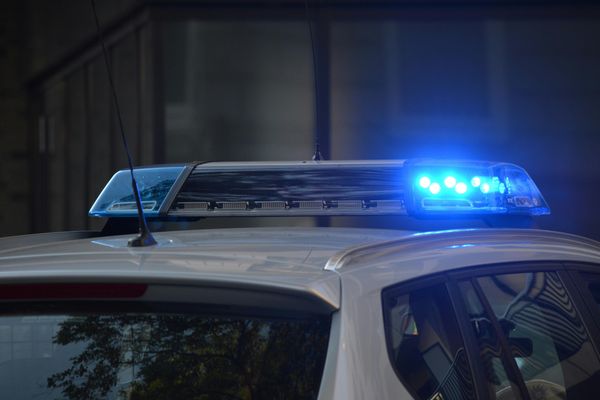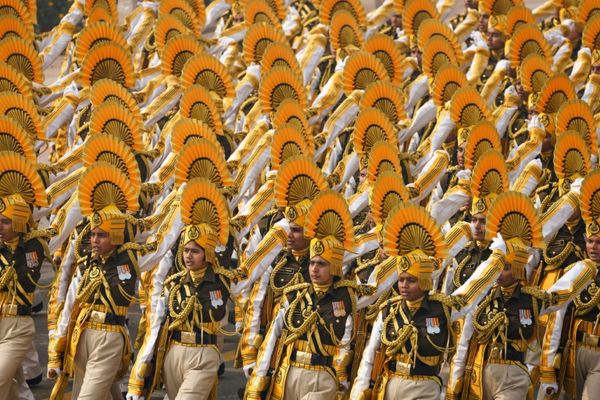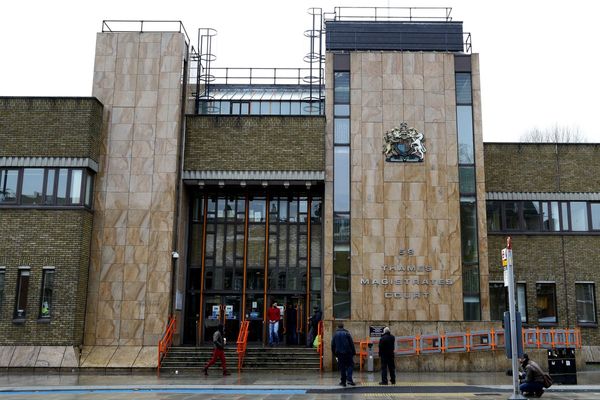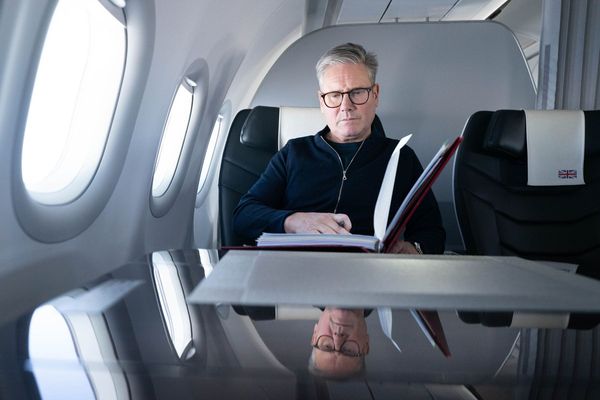The story so far: Finance Minister Nirmala Sitharaman has in the Union Budget for 2022-2023 proposed the development and manufacture of 400 new Vande Bharat trains in the next three years. In her speech, Ms. Sitharaman said these would be “new generation” trains with better energy efficiency and passenger riding experience.
What is it?
The Vande Bharat train is an indigenously designed and manufactured semi high speed, self-propelled train that is touted as the next major leap for the Indian Railways in terms of speed and passenger convenience since the introduction of Rajdhani trains. These trains, dubbed as Train 18 during the development phase, operate without a locomotive and are based on a propulsion system called distributed traction power technology, by which each car of the train set is powered. The Vande Bharat coaches incorporate passenger amenities including on-board WiFi entertainment, GPS-based passenger information system, CCTVs, automatic doors in all coaches, rotating chairs and bio-vacuum type toilets like in aircraft.
Also read | 102 Vande Bharat trains to be operational by March 2024
The first Vande Bharat was manufactured by the Integral Coach Factory (ICF), Chennai, in about 18 months as part of the ‘Make in India’ programme, at a cost of about ₹100 crore. The current version of the train has 16 coaches with 14 ordinary chair cars and two executive class chair cars. The train has a passenger carrying capacity of more than 1,100 people. It can achieve a maximum speed of 160 kmph due to faster acceleration and deceleration, reducing journey time by 25% to 45%. It also has an intelligent braking system with power regeneration for better energy efficiency thereby making it cost, energy and environment efficient. The Vande Bharat was India’s first attempt at adaptation of the train set technology compared with conventional systems of passenger coaches hauled by separate locomotives. The train set configuration though complex is faster, easier to maintain, consumes less energy, and has greater flexibility in train operation, according to the Indian Railways.
How many Vande Bharat trains do the Railways currently operate?
Currently, two Vande Bharat Expresses are operational —one between New Delhi and Varanasi and the other from New Delhi to Katra. Following this, the Railways had issued a more than ₹2,000 crore contract for making 44 more such trains. However, the first tender was cancelled and reissued to align it with the ‘Make in India’ policy. For the first time, the tender required a minimum 75% local content requirement of the total value of the tender. In August 2020, Hyderabad-based Medha Servo Drives Ltd. won the contract for designing and manufacturing the propulsion, control and other equipment needed to make the 44 train sets. The rakes or train sets, the Railways had announced, would be manufactured at three of its production units— 24 rakes at ICF, Chennai and 10 rakes each at the RCF Kapurthala and at the Modern Coach Factory, Raebareli. On the delivery schedule of these rakes, the Railways had said that the first two prototype rakes would be delivered in 20 months (or by March-April 2022), thereafter on successful commissioning, the firm would be delivering an average of six rakes per quarter.
What is the current status of the programme?
Speaking to reporters after the Budget announcement, Railways Minister Ashwini Vaishnaw said that designing for version 2.0 of these trains had been completed and that testing was expected to commence from April onwards, while serial production for these rakes was likely to begin by September. On the 400 new trains, Mr. Vaishnaw said the announcement had given the Railways a target of coming out with an even better version. The design updates in the upcoming trains would focus on safety and comfort of the passengers, including reduced noise and vibration levels. The Railways is also said to be considering the use of aluminium instead of steel in the construction of the coaches as this would help make the trains much lighter thereby improving energy efficiency, and also making the trains faster.







